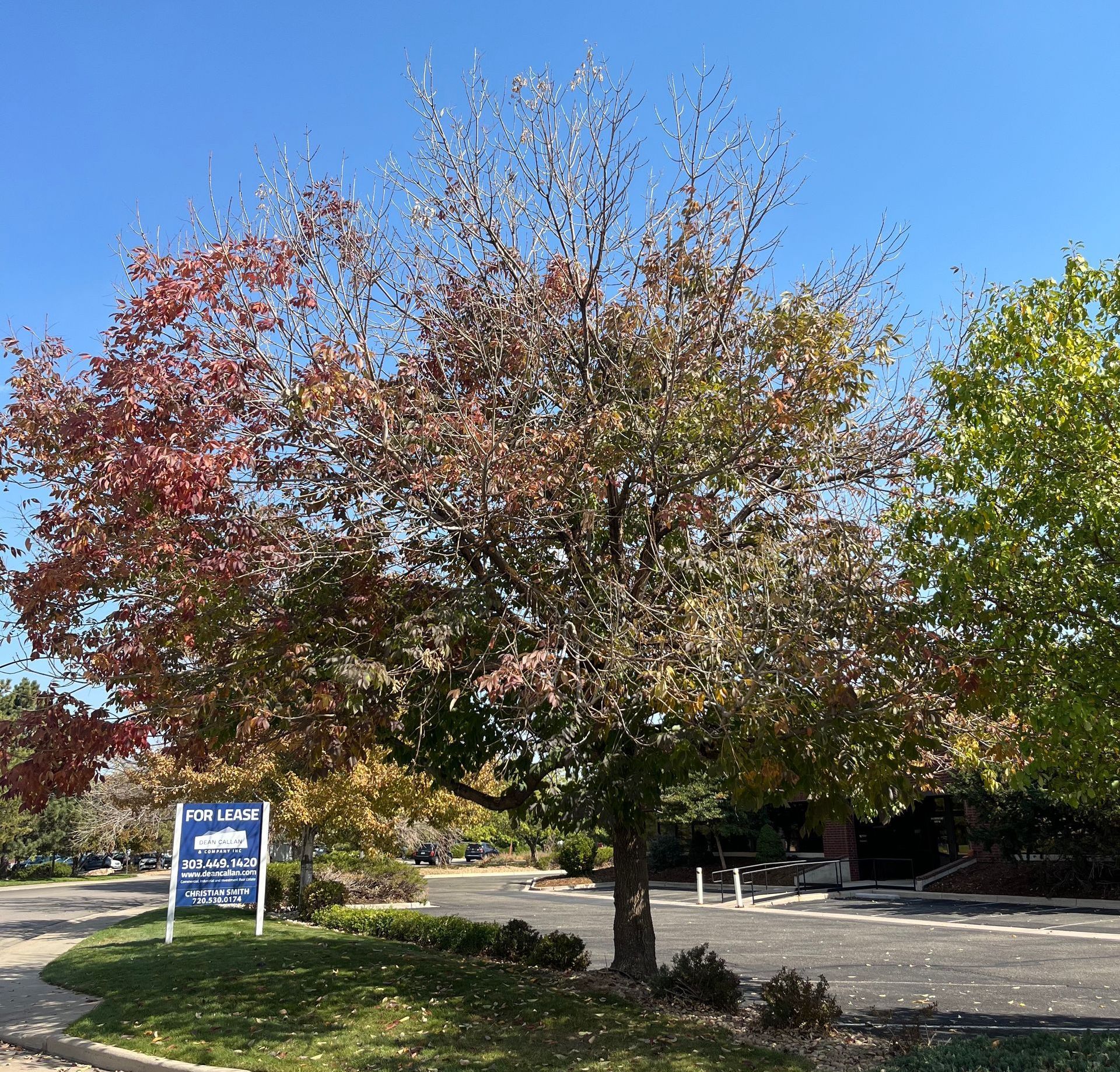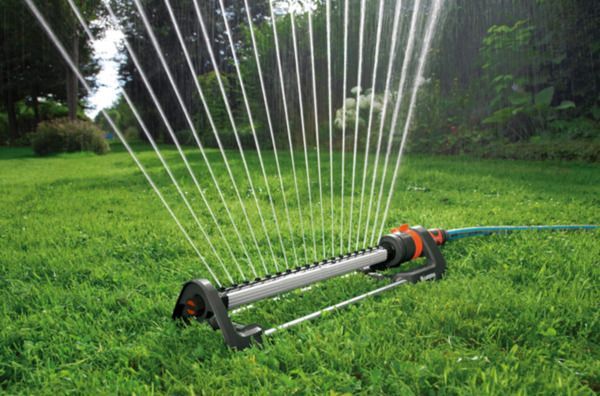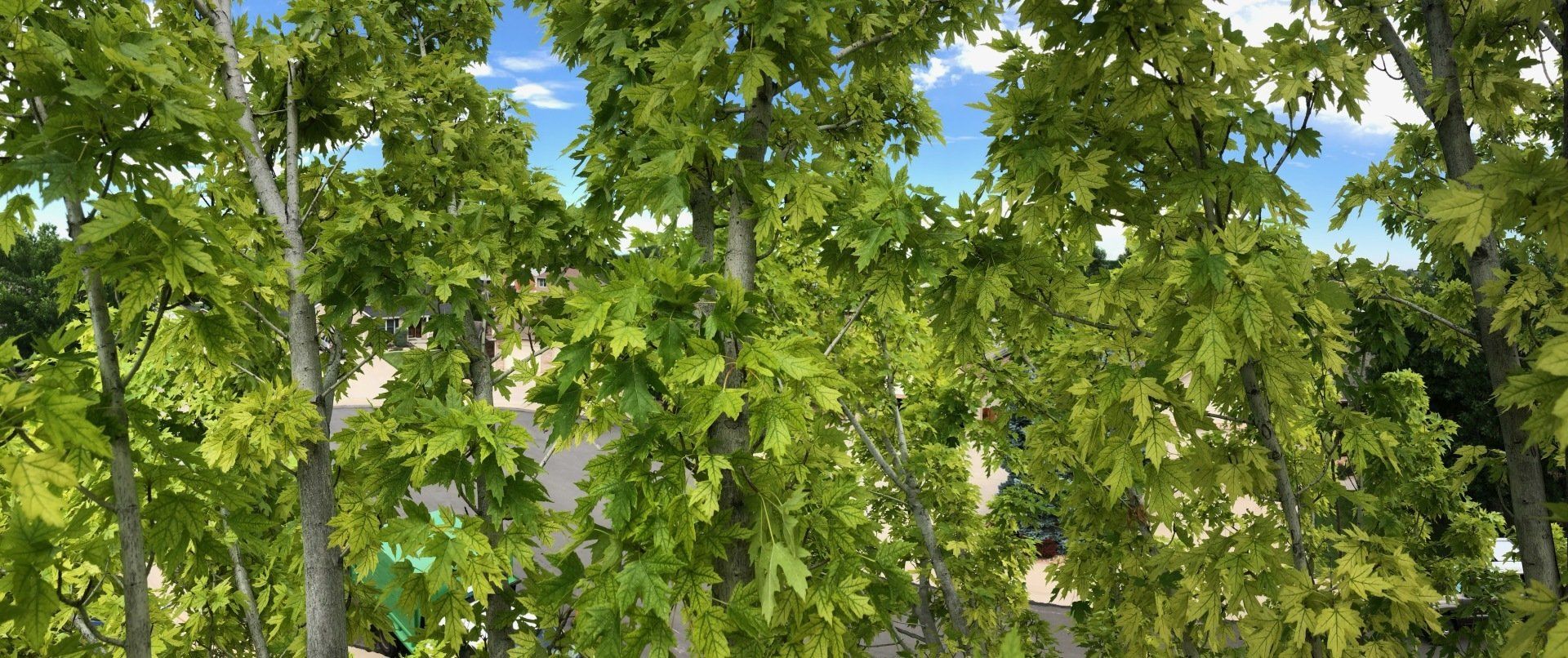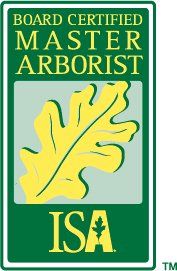Early Spring
Lucas Capachin - Board Certified Master Arborist
Buds are swelling


Fruit Production
Fruit trees require their flowers to be pollinated, and the pollinated ovaries must develop for there to be fruit. Colorado often experiences years with no fruit production because a cold snap can freeze off either the flower or the pollinated ovary. The ovary is the part of the flower which remains after the petals fall off. Both the flowers and ovaries are very sensitive to cold temperatures, and they will often die if we get excessively cold temperatures after they start to flower. As with frost damage there isn’t much we can do to prevent the damage to the flowers/ovaries, although preventing snow from sitting on them for too long can give them a slightly better chance of survival.

Storm Damage
Spring snows and the heavy winds associated with spring storms are much more likely to cause damage to trees if they have leaves (or flowers) on them. That’s why early warm temperatures followed by winter weather is so tough on trees. Fortunately, this is the one issue that can be mitigated or prevented. Shaking snow off trees obviously helps for small ornamental trees, but with larger trees this is impractical or impossible. Fortunately properly pruning trees can make a massive difference as to whether they will survive heavy winds or snow. If done correctly a pruned tree will see little to no damage, even in a bad unseasonable snow, which is why we generally see tree damage in unpruned trees. To read more on the science behind proper pruning there’s an article on it here, often trees in city parks or in areas where people take less care of their trees is where we see the most storm damage. One problem is that many arborists give pruning a bad name because they don’t give trees the proper care they need to prevent damage (read our article linked previously for more information).

An early spring is not all bad news. Many insects will come out of dormancy early, and some of the tree damaging pests may get hit by a hard freeze along with the trees. This could mean pest populations will be lower this year. But a hard freeze won’t discriminate between pests and beneficial insects, so the good bugs will suffer the same fate as the pests. The bottom line is that trees are going to have a hard time this summer unless it stays warm for the rest of March, and it doesn’t snow late into spring. Anyone who has spent any time in Colorado knows that there’s pretty much no chance this will happen. I’m hopeful that my predictions don’t come true, but unfortunately this is the reality of the life of a tree in Colorado’s front range. Call us if you have any trees you want taken care of before we get our inevitable spring storms.

















